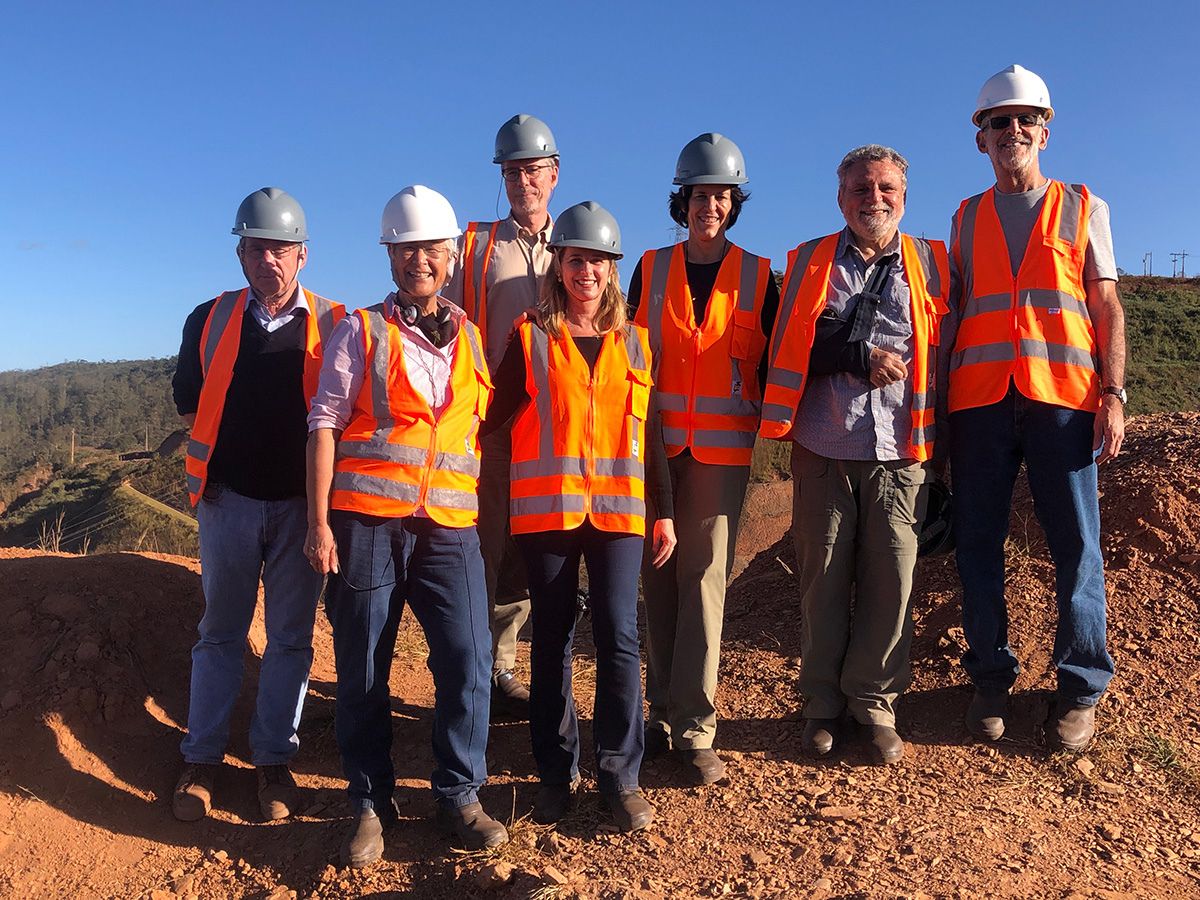The mud painted the entire Rio Doce Basin brown, all the way to the point where the mud flowed into the Atlantic Ocean at Regência beach, located in the municipality of Linhares, in state of Espírito Santo.
In its sixteen-day journey to the ocean, the tailings affected dozens of municipalities and hundreds of communities, including the city of Governador Valadares, with more than 280,000 inhabitants, which relied exclusively on the Rio Doce for its drinking water.
Consequently, the arrival of the mud interrupted supply services and subsistence-related activities such as agriculture, livestock husbandry and fishing.
The failure of the Fundão dam, which belongs to Samarco, caused one of the biggest environmental disasters in the history of Brazil.















